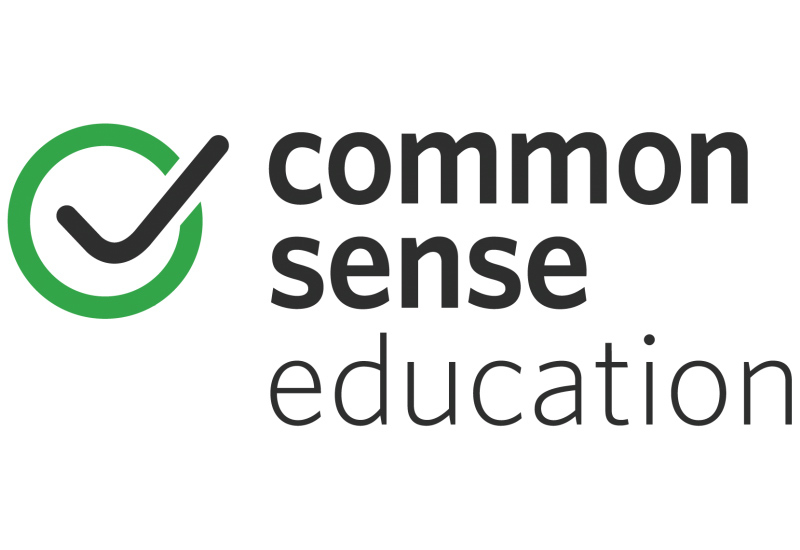Digital citizenship in education refers to using digital technologies and other emerging technologies for students in education. It is also known as e-curricular digital learning, digital first, or just D-Curve. This is a joint effort from many educational institutions and government agencies around the world. These efforts involve students, parents, teachers, and various other professionals in education to promote digital citizenship in education. The main goals of these groups are to use digital technologies in an efficient manner and in the ways that will most benefit the students, parents, and society as whole.
Apart from the use of smart applications and tools, which aid the learning process, young students should also be taught the following:
- Be kind and mindful when using the Internet.
- Protect their digital footprint by being careful of what, where and when they share.
- Protect their privacy and personal data.
- Be respectful of copyrighted material (when it comes to films, music, video games and software).
- Disconnect from the digital world and have more meaningful engagements in the real world.
Some people think that incorporating digital technology into education is a great idea. However, others believe it will do more harm than good. These people also believe that there are certain things that people should know before making a decision to incorporate digital technology into their curriculum. The main thing they have against it is that it does not provide students with the proper tools and resources that they need to properly learn and use digital technologies.
In an ideal world, everyone would utilize digital technology in order to get all of the information that they need and want for their everyday lives. Sadly, the reality is that not everyone uses digital technology in education effectively. However, with the help of professionals who know how to implement digital skills in education, this problem can be completely eradicated in the near future.

